When did slow living become synonymous with sterile living and the rejection of personal style?
Somewhere along the way, slow living and personal style became an awkward match in the public eye. The aesthetic minimalism often seen in slow living circles became mistaken for a requirement—a uniform. White walls, beige linens, neutral outfits. Don’t get me wrong: minimalism can be deeply intentional. But let’s be clear—minimalism is not the same as meaning.
What we’re seeing isn’t just a love for simplicity. It’s fear. Fear of being “too much”, of being seen as outdated, of not aligning with the current internet aesthetic. We’ve swapped clutter for conformity. In a world that’s constantly overstimulating, the clean lines and monochrome palettes feel safe. But are they really you?
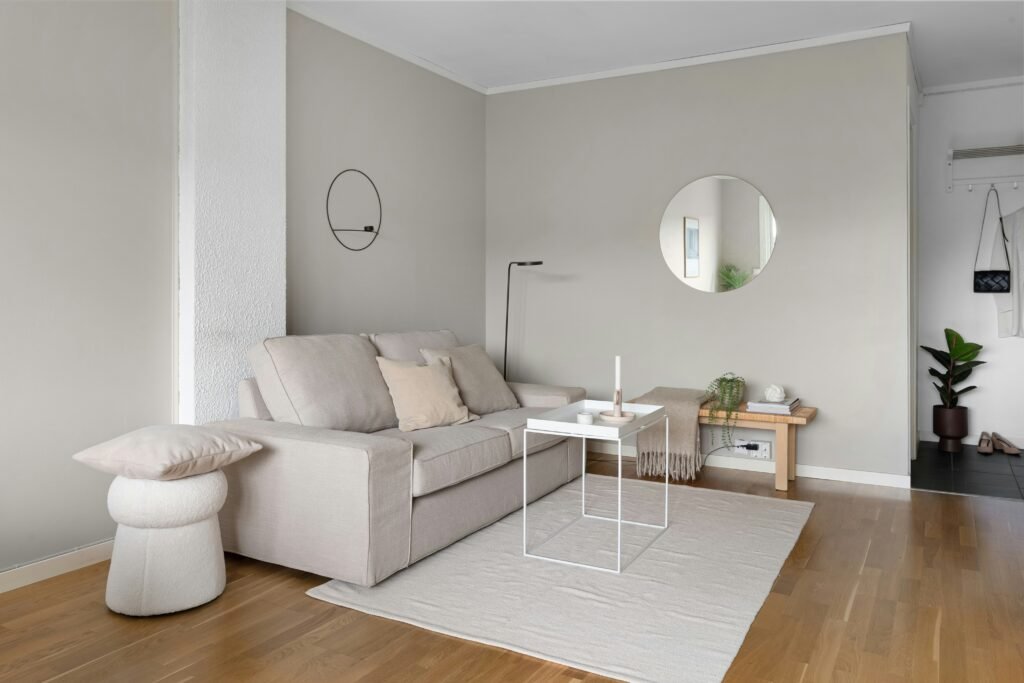
Slow Living vs. Aesthetic Minimalism
Aesthetically, could it be that minimalism is a response to the loud patterns, bold colors, and busy silhouettes of the ’80s, ’90s, and even early 2000s? A visual detox from the chaos of past decades? In part, yes. We welcomed calm through visual quiet as a reaction to those overstimulating eras. But let’s not confuse cultural shifts with personal identity.
Moreover, it’s essential to distinguish between aesthetic minimalism and lifestyle or functional minimalism. As highlighted in Sloww, the minimalist aesthetic focuses on the visual aspects—clean lines, neutral palettes, and sparse decor—often showcased in social media feeds. In contrast, the minimalist lifestyle emphasizes intentional living, where choices are made based on personal values and functionality rather than appearance.
This is where Marie Kondo’s The Life-Changing Magic of Tidying Up offers valuable insight. Her method isn’t about achieving a picture-perfect aesthetic—it’s about deciding what truly sparks joy. It’s not a call to follow a trend, but to reconnect with what matters most to you. That’s real minimalism. That’s slow living and personal style in harmony.
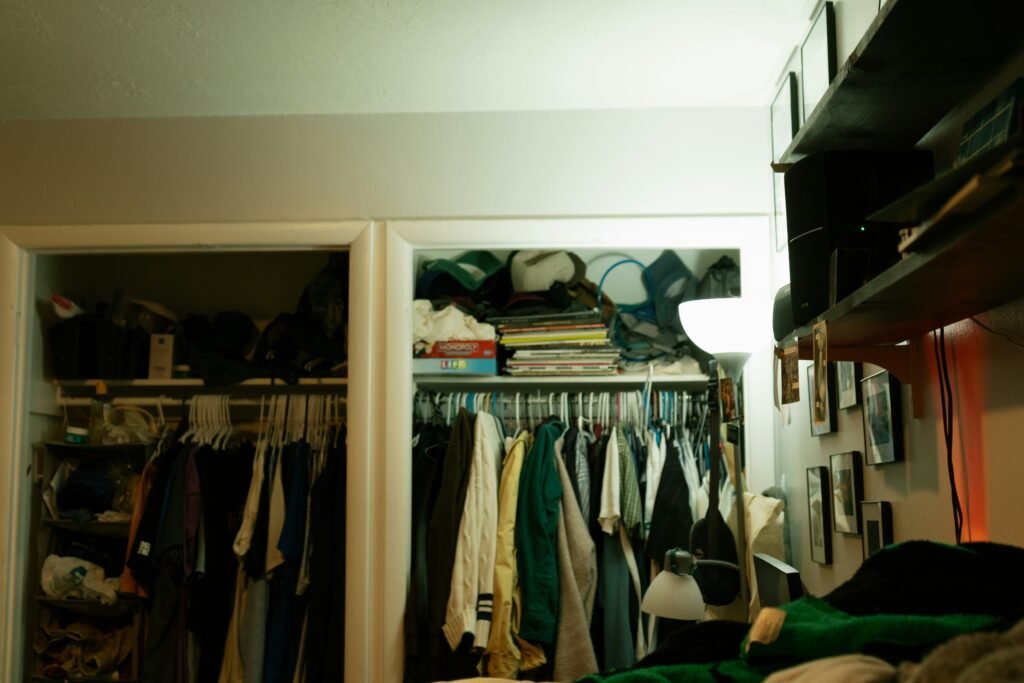
Slow living is about intention—not aesthetic conformity.
If you’re curating your space, your wardrobe, your entire life based on what’s trending in slow living corners of the internet (and change frequently.!)… how slow is that, really? Why is it important for you to be within these aesthetic rules? Accumulating linen jumpsuits or ceramic mugs with hand-lettered quotes isn’t inherently meaningful. It’s just another form of consumption in disguise.
Ask yourself: when was the last time you saw something that didn’t follow any trend? Something personal, even a little messy? Did you feel a strange pull? A curiosity? That’s the power of realness. Not perfection.
Slow living invites us to reconnect with what feels true and meaningful to our lives. How can we express ourselves if we’re afraid to use an aesthetic that doesn’t follow what’s written in a manual that seems to have been created by collective agreement? Especially when the manual feels like it was written in a meeting we weren’t invited to.
Because here’s the truth: there is no manual. Trends are manufactured—most of the time, in non-organic ways. So no—you don’t have to sterilize your personal style to live slowly. You just have to make it yours. Make it meaningful.
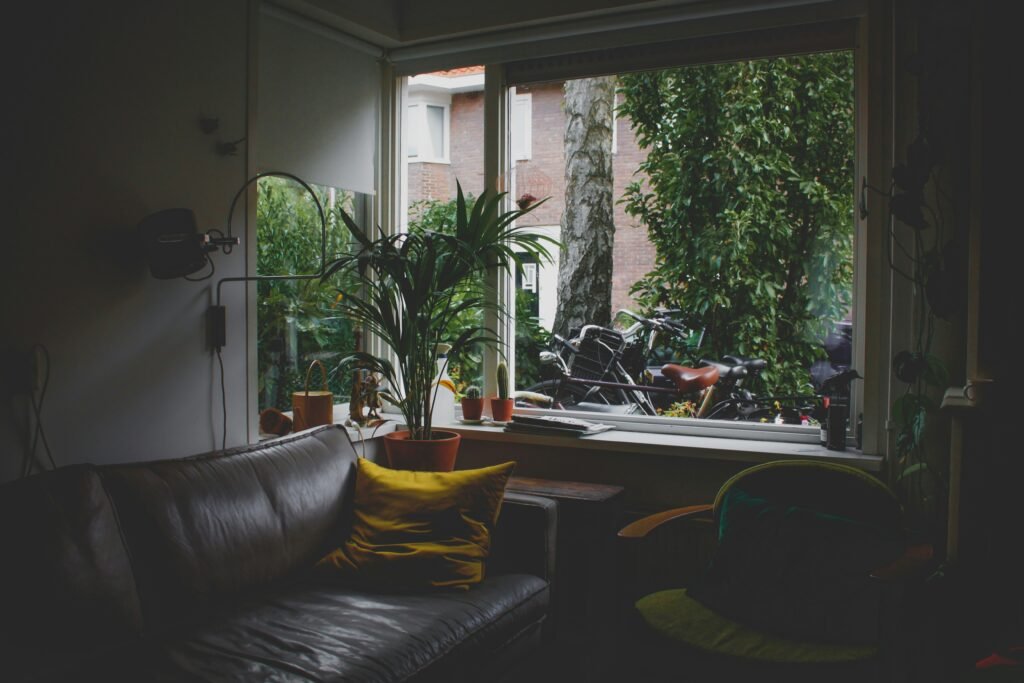
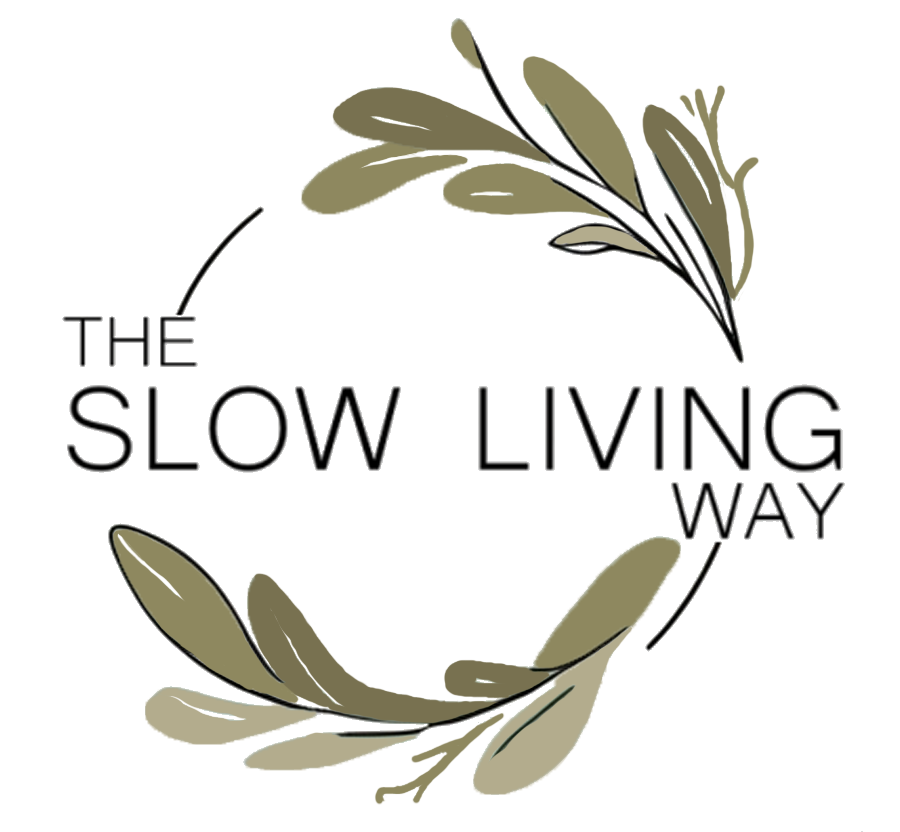
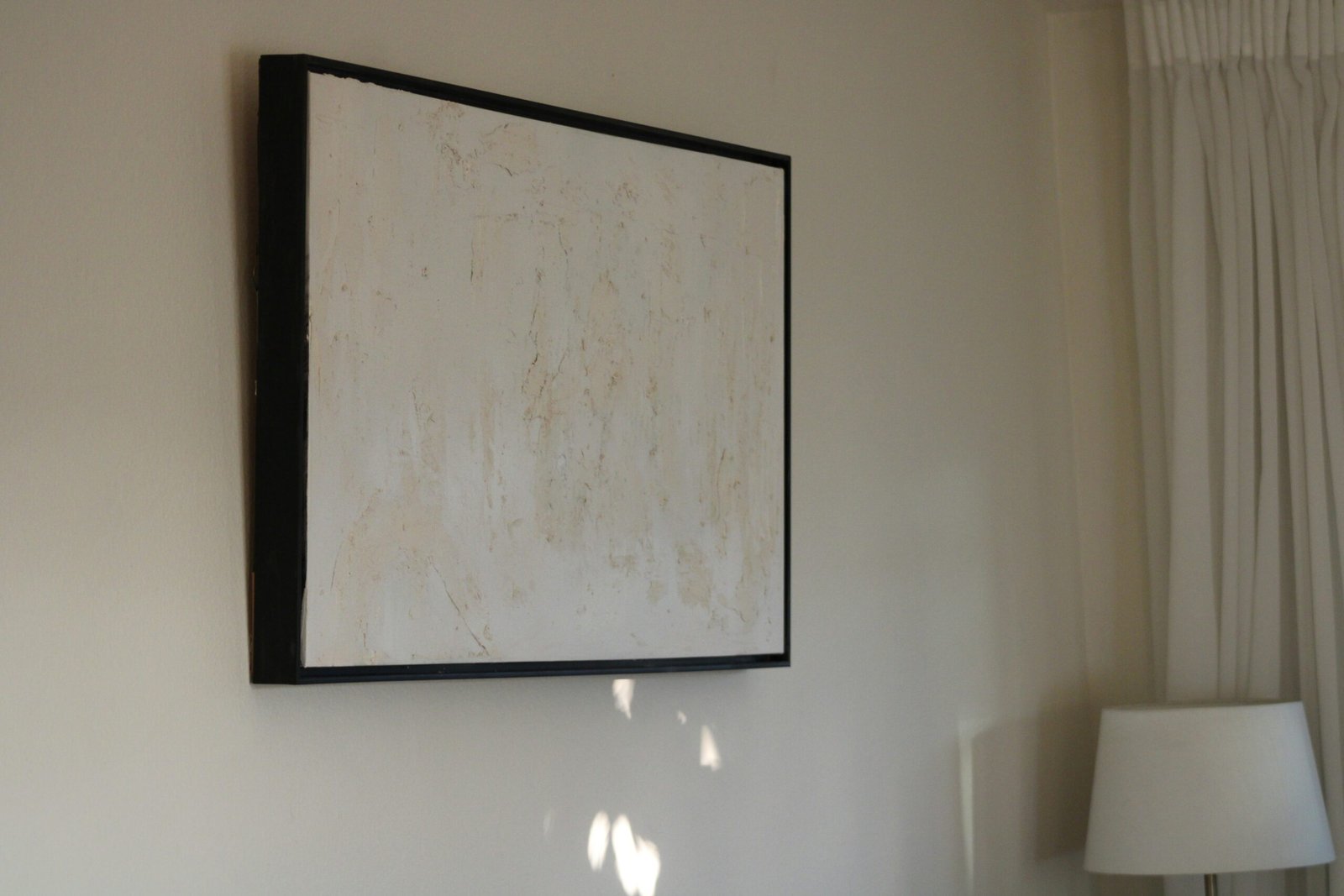
No responses yet